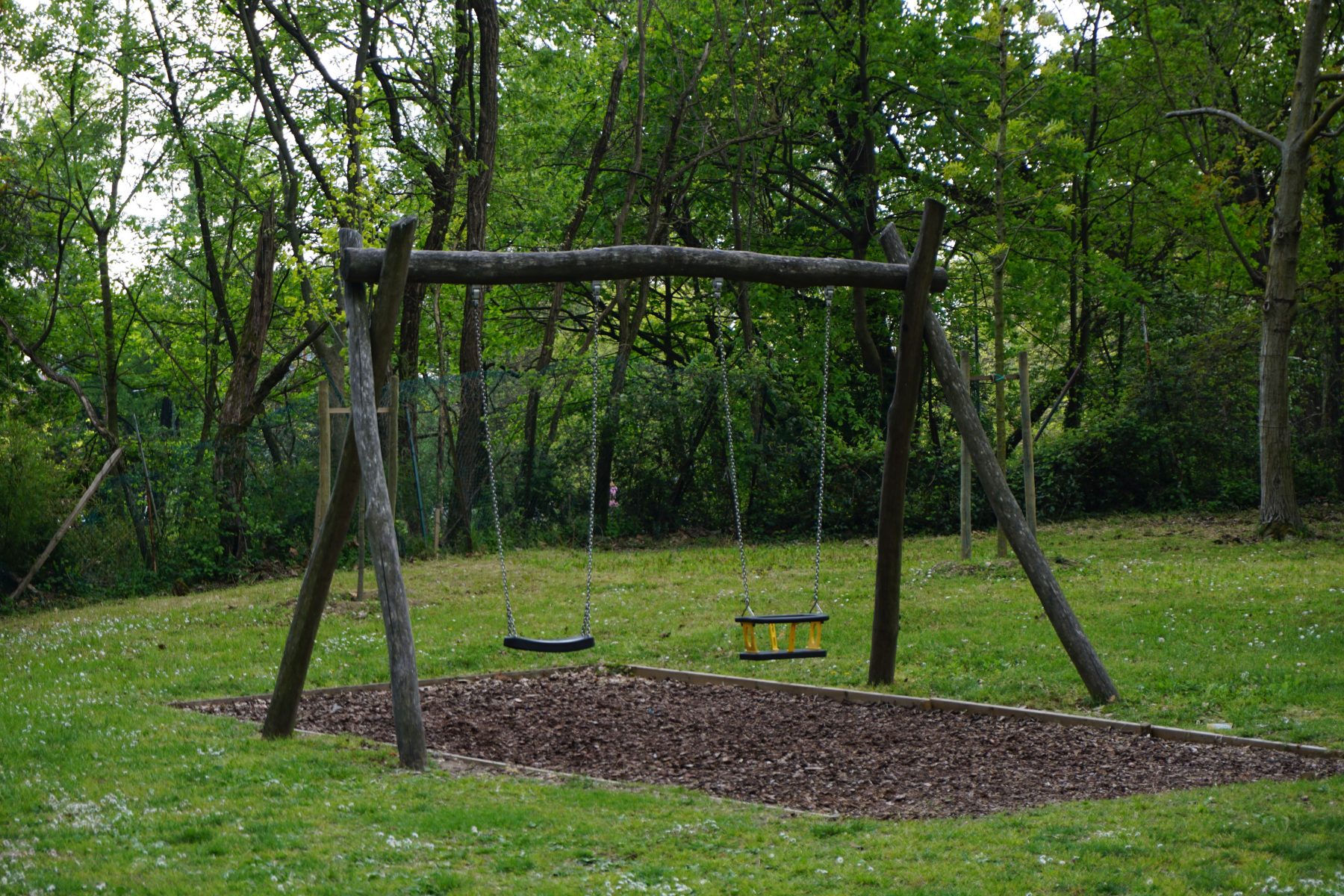Workforce time out detrimental to women’s financial security: childcare support redresses the balance

In these difficult times, good news is more welcome than ever. The passing of the Child Care Subsidy bill in Parliament earlier this month is just that.
The new law will see additional investment of $1.7 billion in childcare, raising the federal government’s Child Care Subsidy to a nearly fully funded 95 percent, up from its current 85 percent. This will benefit around 250,000 Australian families. The $10,655 cap on the Child Care Subsidy has also been removed, which will be an additional benefit for 18,000 families.
It is heartening that Parliament has addressed many of the major affordability issues in childcare, which is one of the key problems facing working parents. Too often, those who want to contribute more to household income find themselves looking at an insufficient financial reward from taking on extra work, once out of pocket childcare costs are deducted.
This is a significant issue of gender inequality. Given women do most of the caring for children, they are mostly impacted by what at KPMG we call the ‘workforce disincentive rate’ for parents wanting to work more hours.
Our analysis has shown this can be over 80 percent and as high as 100 percent in some cases – in other words, it is simply not worth a parent, normally a mother, trying to increase her hours, or days at work from 3 to 4, or 4 to 5. The extra, out of pocket childcare costs and the way it interacts with the tax system effectively punish that extra work. This can then negatively impact her career prospects and longer-term her superannuation balance.
KPMG in the past four years has produced a series of papers examining the problems that prevent women playing their full part in the economy – and providing ideas to improve female workforce participation. Why? Both because it is the right thing to do and because Australia, with its modest productivity rate, needs to maximise the potential of people who want to work more hours but are financially penalised in doing so.
Time taken out of the workforce can be significantly detrimental to women’s finances and security in retirement and extra childcare support is an excellent way of redressing that balance. The new law will eliminate per-child subsidy caps but also targets the maximum benefit at those households with income under $130,000. That is only fair.
It is especially pleasing that the government, with the support of the opposition, has focused its efforts on families with more than one child in long-day care. These households experience a relatively high workforce disincentive rate as the Child Care Subsidy (CCS) currently reimburses a maximum of 85 percent of the childcare costs for each child – which can cause a significant financial burden.
This change is not just good for individual parents. It makes economic and societal sense too. We are particularly pleased that Parliament has accepted that additional costs of the plan will over time be outweighed by the economic activity generated.
KPMG’s modelling found economics benefits of $7.4bn annually, for an outlay of $5.4bn in extra CCS costs. Short-term investment now will pay rich economic and social dividends in years to come.
Additional cumulative benefit will arise as parents increase their career-long productivity by being able to strengthen their engagement with work and professional development while their children are very young. Our modelling estimates that over 20 years this could add up to $10bn to GDP.
More widely, the potential gains from increasing female participation in the workforce – which extra childcare will go a long way to achieving – is even greater. Modelling we carried out in 2018 showed that over two decades, halving the gap between male and female workforce participation rates would increase our annual GDP by $60bn.
It is really encouraging that the debate is now being framed properly. This is now correctly seen as a key step towards both social equality and greater productivity, rather than as a welfare cost.
The COVID lockdowns have highlighted just how important childcare provision is to working parents, particularly mothers, who have wrestled with trying to work at home, while looking after pre-school children.
Our own Victoria office last year saw an 84 percent rise in carers leave requests during the period of Stage 4 lockdown – a proof point if any were needed on the importance of childcare.
We are proud our work and economic modelling on this issue was highlighted in the Parliamentary debate which accompanied the passing of the bill, by both sides of politics. This is a bi-partisan issue which everyone can get behind and we are pleased to have played our part.
This story was originally published on the NewsRoom and has been reshared here with permission.
To access the story in its original format, please see here. Further articles on ECEC from a KPMG perspective may be accessed here.













